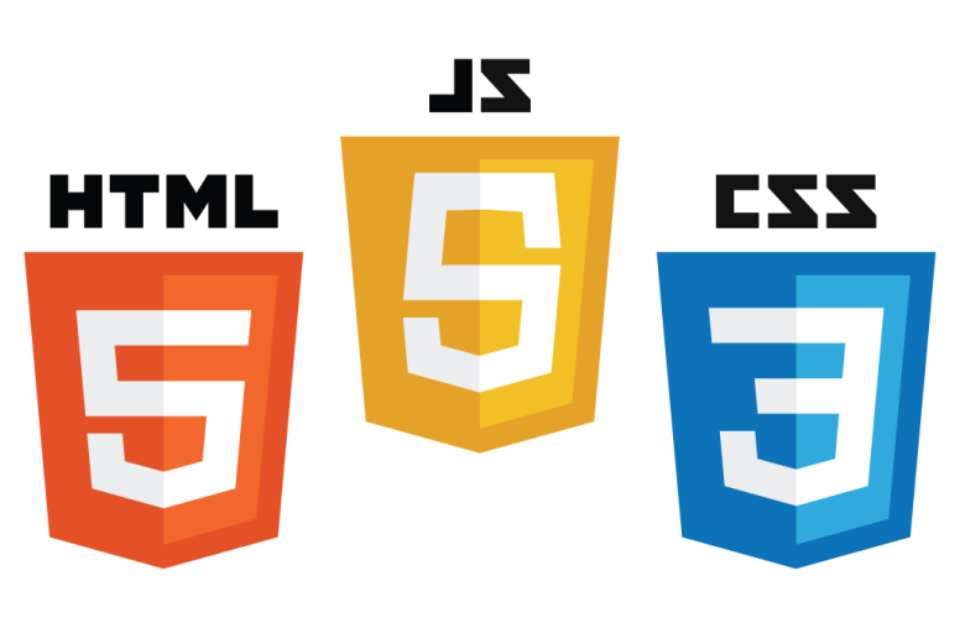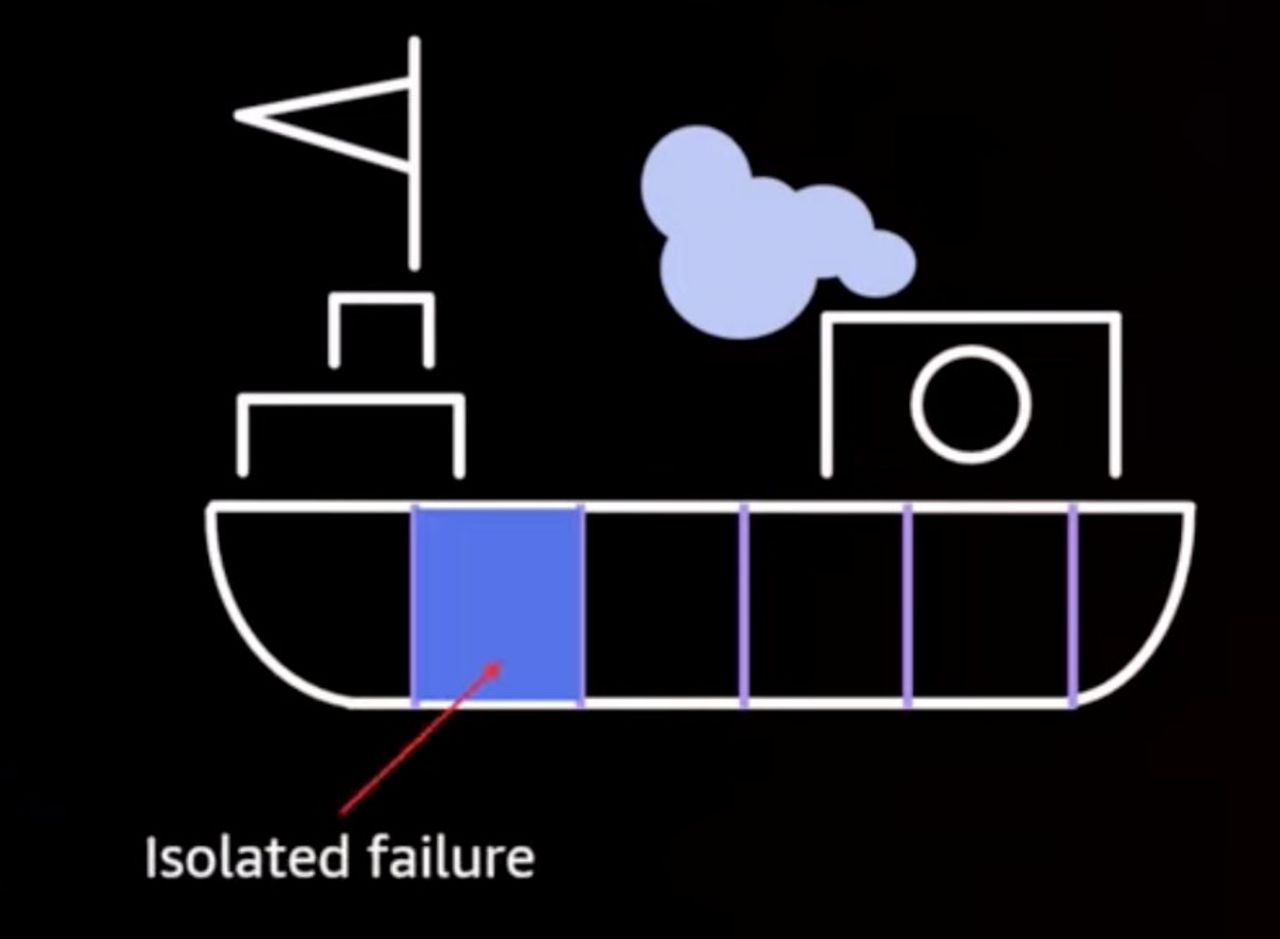Jekyll is a simple and blog-aware static site generator built in Ruby. In laymen terms, it's just a tool to let you have all the cool features of a full-blown CMS without having to worry about managing a database. This means hosting is extremely easy and scalable since all you're doing is managing a bunch of files.
[…]
Jekyll is really flexible. You can build templates and write content in markdown, textile, liquid, or even just plain HTML/CSS. It really doesn't matter and is up to your preference because Jekyll will intelligently build your site based on all your files.
[…]
Let's quickly explain some commands and how Jekyll works a bit more. Since there's no database, you're going to be creating new pages, posts, and templates in markdown, html, textile, or liquid files and then using Jekyll to compile (or build) them together into a website. Before building the site, it actually doesn't exist and is just a bunch of template files.
[…]
We'll cover how layouts work later too, but this directory is where you will put your templates. Templates are the HTML that wrap posts and other types of content like pages.
[…]
This is your blog's homepage. So long that this file has a YAML Front Matter section (which, again, we'll cover), it will be transformed by Jekyll. The same will happen for any other .html, .markdown, .md, or .textile file in your site’s root directory or directories not listed above.
[…]
Then, just create a file that is either .html, .markdown, .md, or .textile and add your front matter. Your front matter can be any variables you want, but you need to pick a layout, title, and permalink at minimum.
[…]






